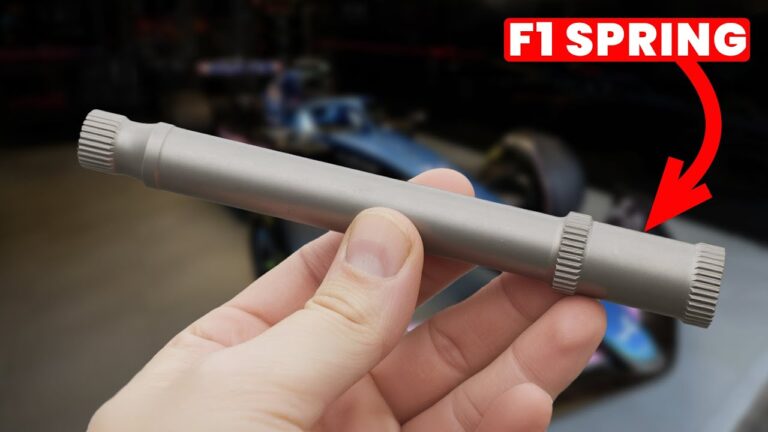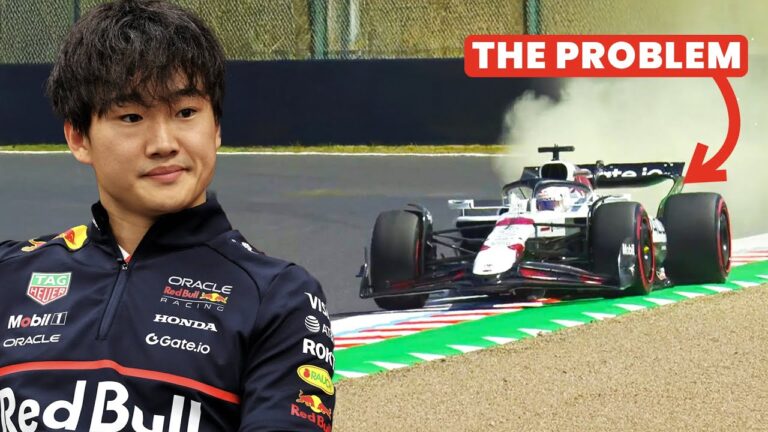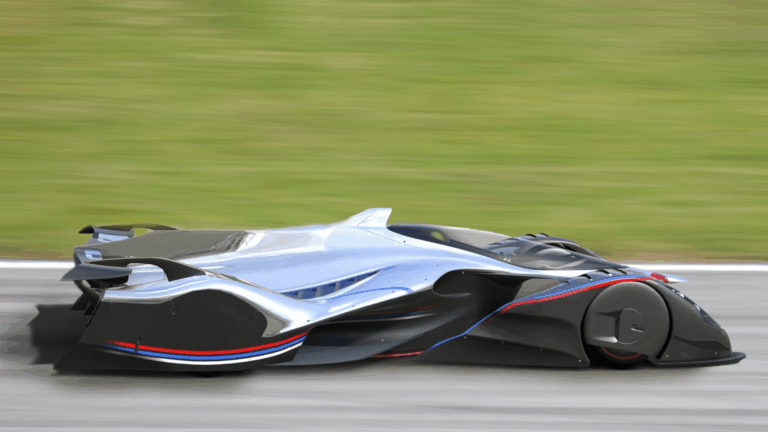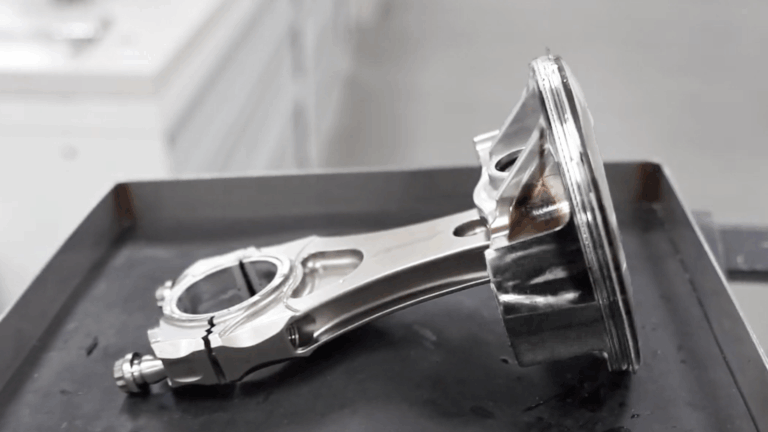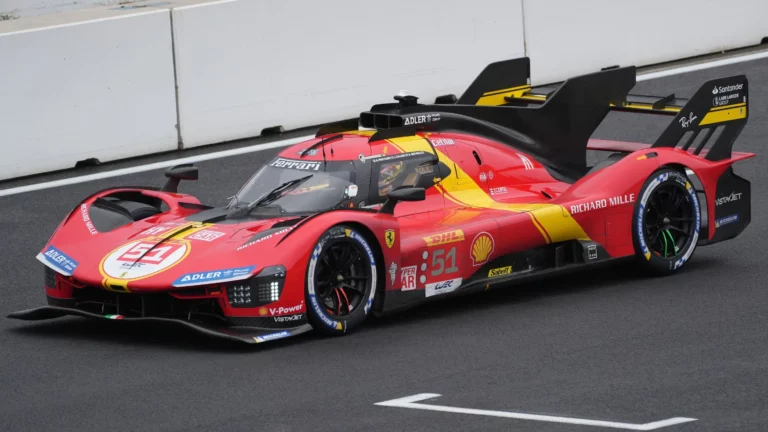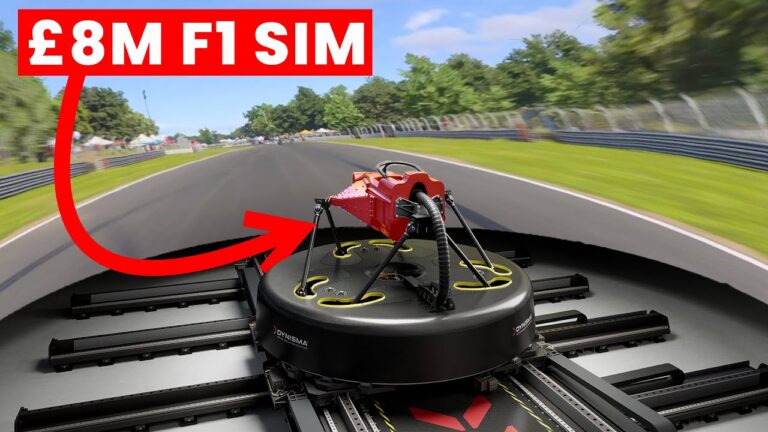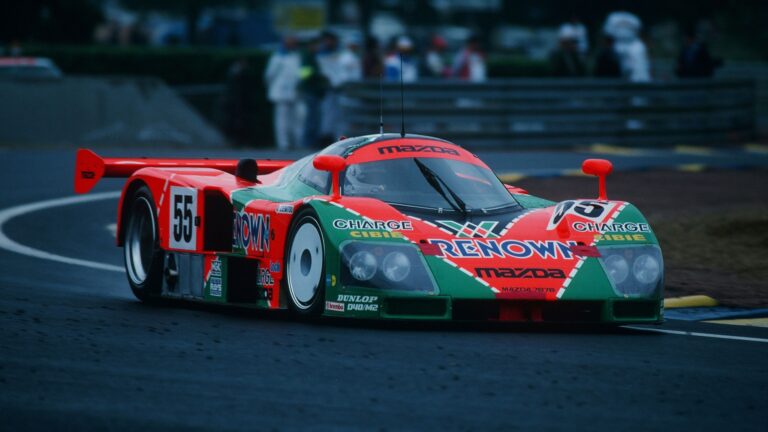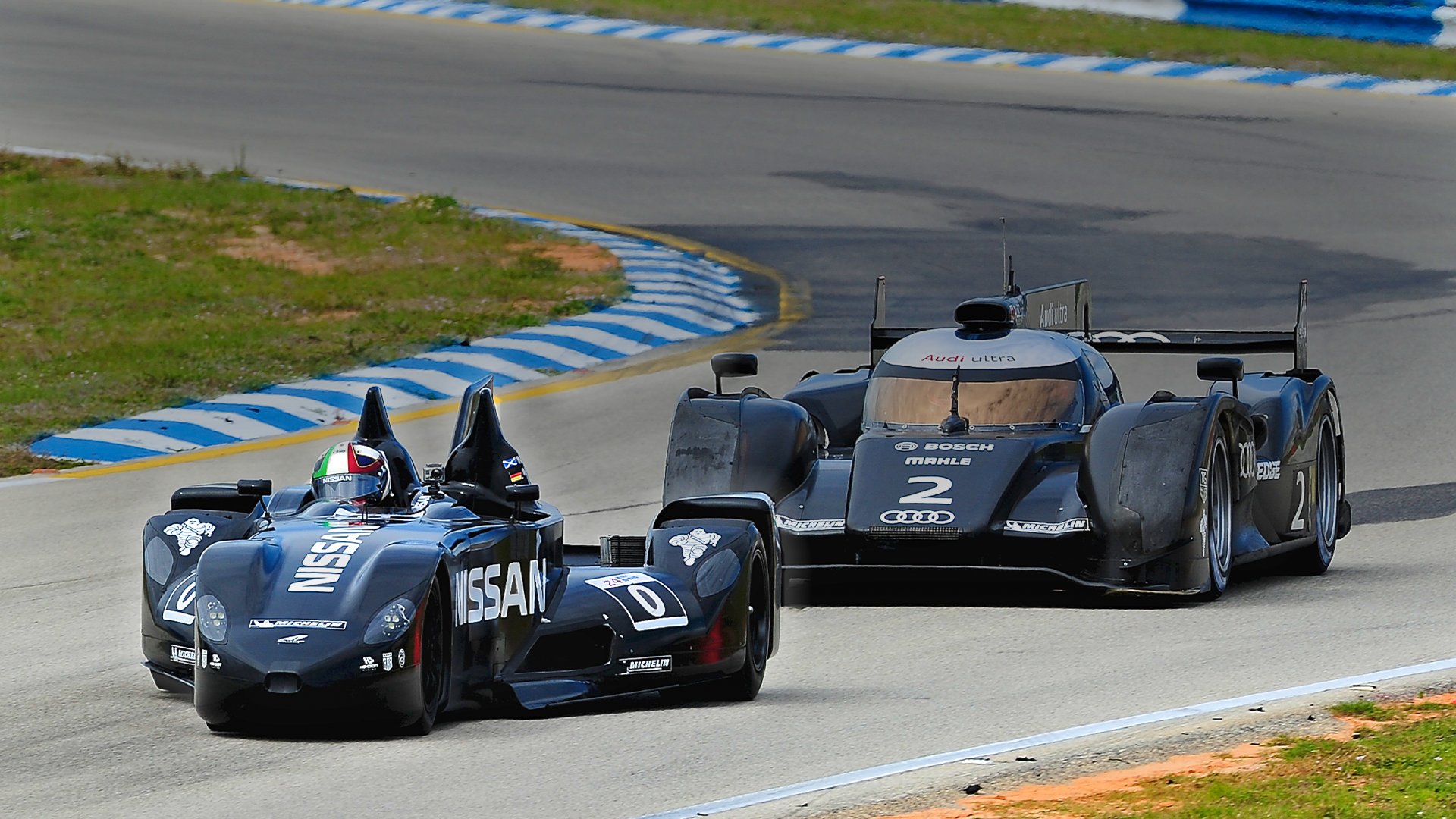
When it comes to radical race car designs, few have turned heads quite like the DeltaWing. At first glance, it resembled something out of a sci-fi movie rather than a Le Mans contender or an IndyCar rival. But behind its unusual triangular silhouette lay a vision to reshape motorsport engineering as we knew it. Designed to be faster, lighter, and more efficient than conventional race cars, the DeltaWing embodied bold ambition—though its ultimate fate fell short of its lofty goals. Let’s dive into the mechanics, genius, and challenges that defined this fascinating project.
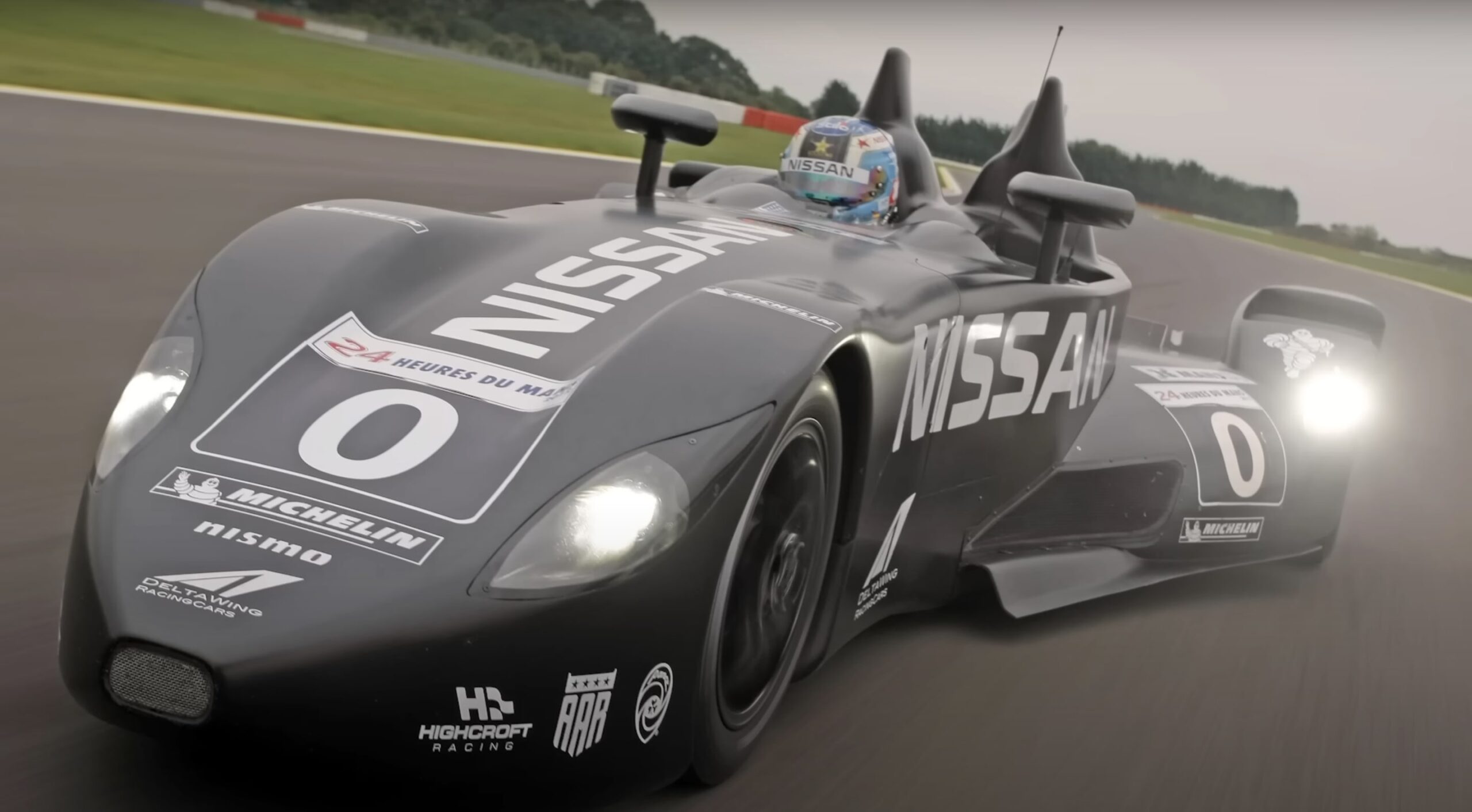
A Shape Like No Other
The DeltaWing’s design is its most striking feature. Inspired by the delta-wing shapes of jet planes like the Concorde and Eurofighter Typhoon, this car was built around a simple yet innovative idea: reducing drag. Unlike traditional race cars with broad fronts and bulky wings, the DeltaWing featured a narrow front end, lightweight construction, and no large aerodynamic appendages.
This reduction in drag enabled the car to run with just 300 horsepower—less than half of what its competitors in the LMP1 class were using. Combined with underfloor downforce and a slippery body design, the DeltaWing could match higher-powered rivals on the straights while consuming significantly less fuel.
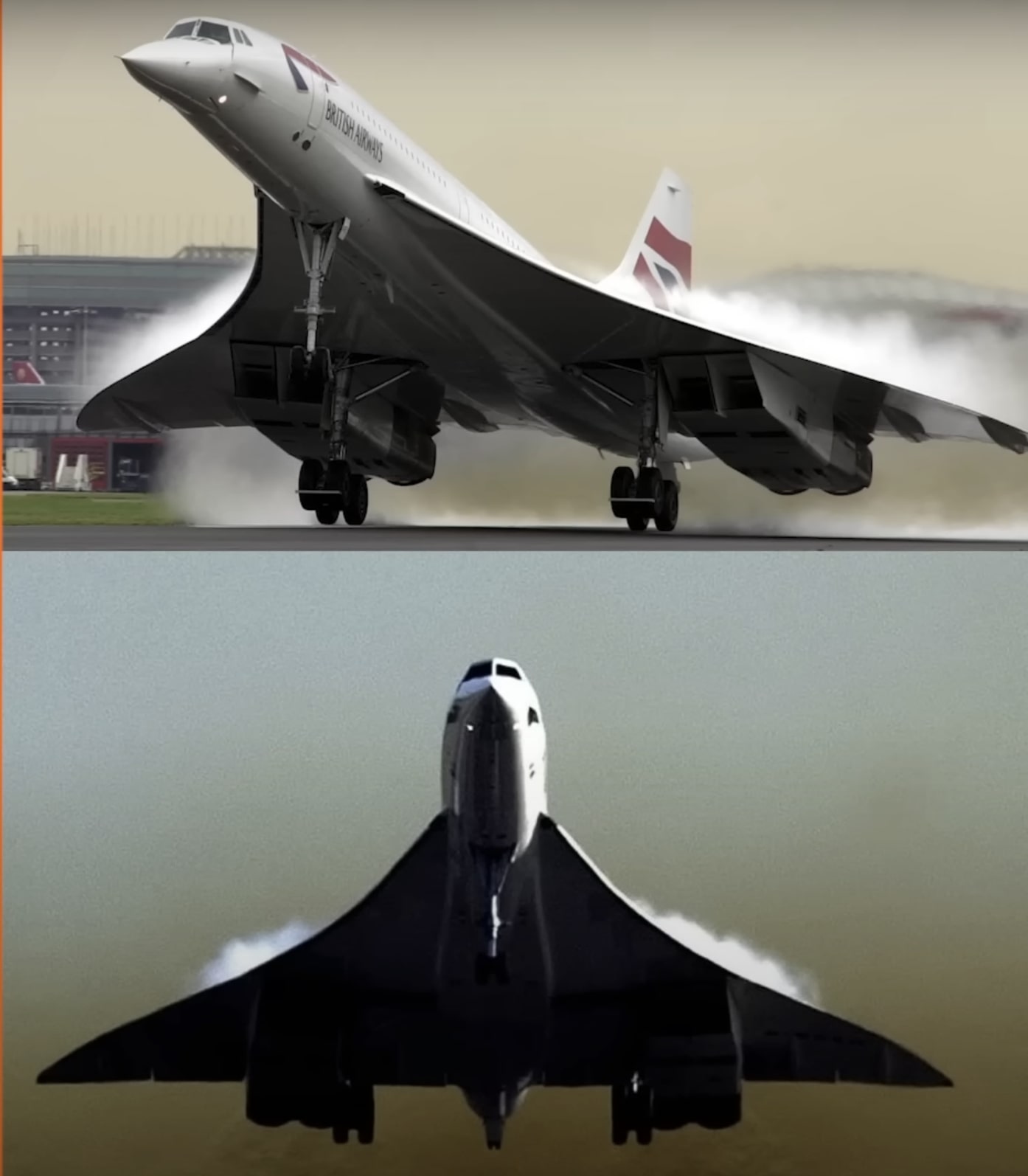
Bold Performance Goals
The DeltaWing aimed to achieve parity with top-tier racing classes while halving critical performance metrics: weight, fuel consumption, drag, and power. These efficiencies aligned with motorsport’s push toward sustainability and efficiency, offering an exciting prospect for endurance racing.
However, this unorthodox design created unique engineering challenges. For example, its front tires were significantly narrower than those on a typical road car—so much so that Michelin had to develop bespoke rubber for the project. Furthermore, the car’s weight distribution was heavily rear-biased, with 70% of its mass and mechanical grip concentrated on the rear axle.
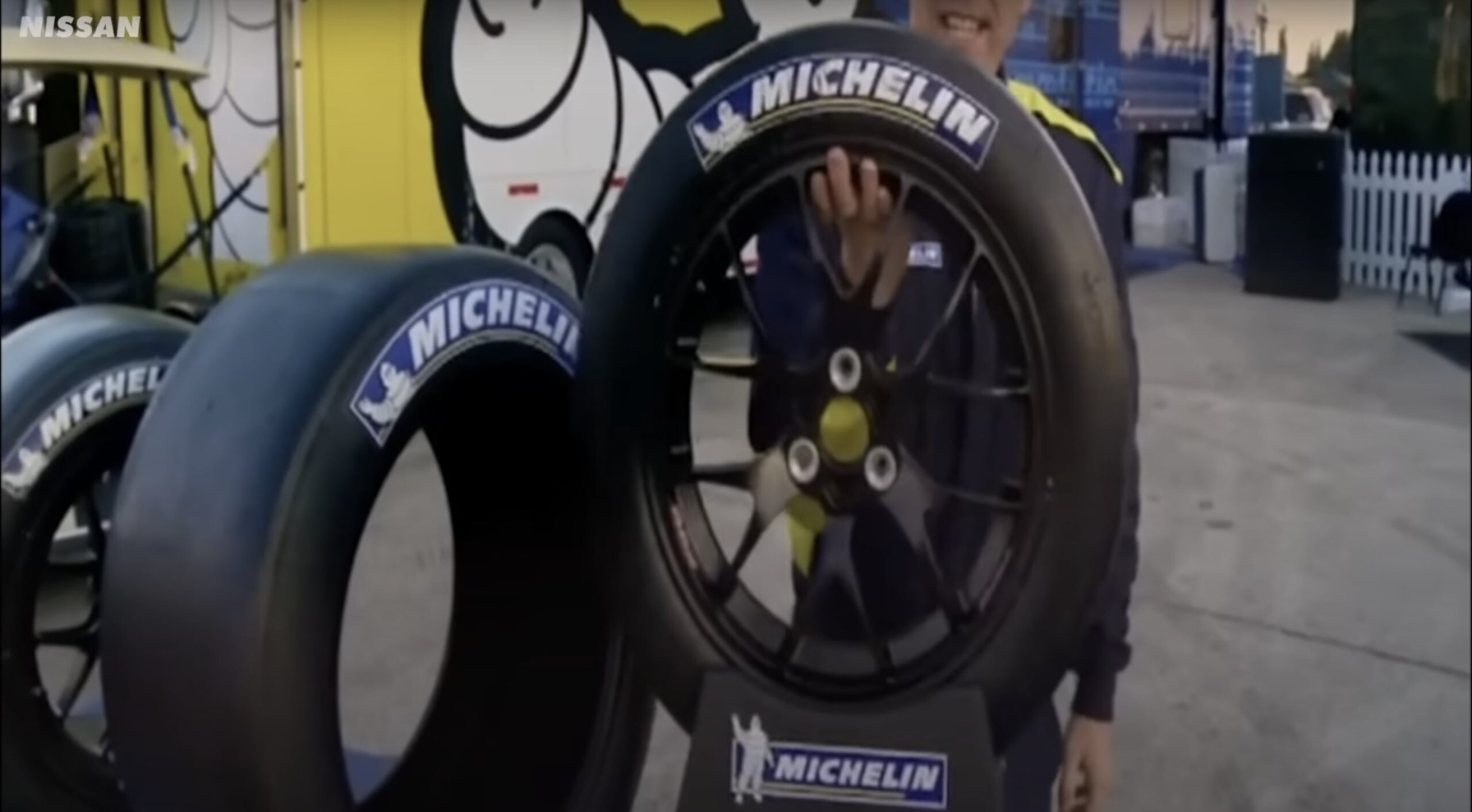
Steering and Stability: A Balancing Act
Despite its odd appearance, the DeltaWing’s steering dynamics were carefully engineered. Its narrow front track worked because of even load distribution between the front wheels, avoiding the uneven stresses seen in conventional cars during high-speed cornering. This setup allowed the car to maintain balance and maximise the grip of its skinny front tires.
But balance wasn’t the DeltaWing’s only challenge. In low-speed corners, its unconventional design caused difficulties with traction and stability. Drivers noted that slight adjustments to the steering wheel could result in snappy handling, making it tricky to maintain control in tight sections of the track.
The Road to Le Mans (and Beyond)
The DeltaWing’s journey through motorsport was as unconventional as its design. Initially pitched as an IndyCar alternative, the project was rejected in favour of traditional chassis. It eventually found a home at Le Mans, competing in the experimental Garage 56 category for innovative vehicles. Here, the car wasn’t racing against others in its class but instead served as a proof of concept.
While it impressed in testing, the DeltaWing faced numerous setbacks during its debut at Le Mans in 2012. A collision with an LMP1 car ended its race prematurely, highlighting issues with visibility and robustness in real-world conditions. Despite these struggles, the team pressed on, continuing development in the American Le Mans Series.

The DeltaWing’s Legacy
The DeltaWing’s story is a testament to motorsport’s spirit of innovation. It showcased how lateral thinking and unconventional designs could deliver remarkable efficiency gains, even in the face of stiff competition. However, its reliance on novel engineering also required significant investment and development time—resources that ultimately proved elusive.
By 2016, both Nissan and DeltaWing Racing had ceased development of the car. Lawsuits over intellectual property further clouded its legacy, and neither iteration of the project matched the promise of the original concept.
A Glimpse Into What Could Have Been
Although the DeltaWing never reached its full potential, it remains an intriguing chapter in motorsport history. Its design principles continue to influence the conversation around sustainability and efficiency in racing. For engineers and enthusiasts, the DeltaWing is a reminder that innovation often comes with steep learning curves—but also incredible rewards.
Whether you view it as an engineering marvel or a misguided experiment, the DeltaWing’s story is a fascinating case study in pushing boundaries, even if it sometimes means falling short.




